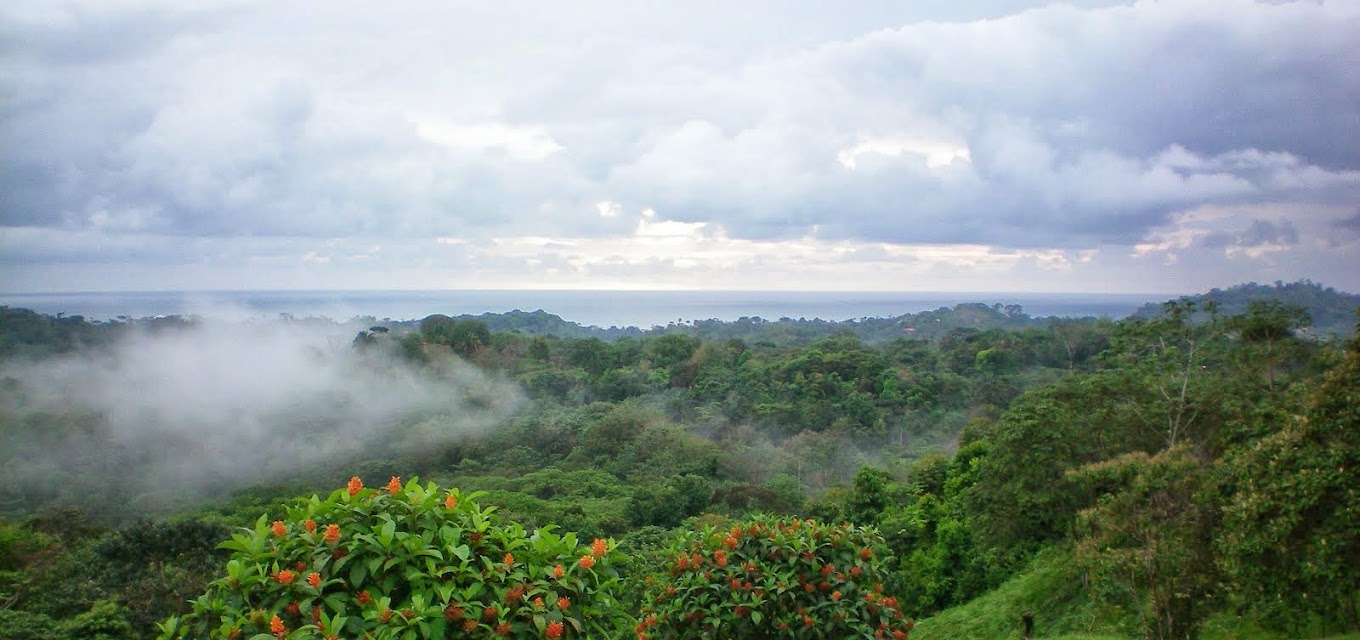Sometimes, people ask what the point of Eco-traveling is; my opinion is that it has a double purpose; number one, people like to experience exciting challenges, educational trips to exotic places. Seeing the wet tropical cloud forest, hike mountains, swim at the foot of a waterfall; admire the ocean coral reefs, and get to see the amazing wild life of the area. The second major goal of Eco-tourism is to apply the income received from the Eco-travelers to help expand the economy, as well as the preservation of nature.
Eco-tourism benefits the local people by preserving habitats and wildlife for continuing use of the increasing number of Eco-travelers, which is a better option than "harvesting" the habitats for short-term gain.
For an increasing number of travelers, there is something irreplaceable satisfying about journeying to an unknown place: the sense of being in completely new situations and surroundings, seeing things never before encountered, engaging in brand new and different activities. Therefore, we could say that Eco-tourism or Eco-travel is traveling to exotic destinations, specifically to admire and enjoy wildlife and undeveloped, relatively undisturbed natural areas, as well as indigenous cultures.

 The development and increasing popularity of Eco-tourism represents the escalating concern for conservation of the world's natural resources and bio diversity (the different types of animals, plants, and other life forms found within a region). If Eco-tourism contributes in a significant way to conservation, then it is a perfect fitting for the rain forests and other natural habitats, because it is the very characteristic of the habitats that conservationists want to save, wildness, which provides the incentive for travelers to visit and for local people to preserve.
The development and increasing popularity of Eco-tourism represents the escalating concern for conservation of the world's natural resources and bio diversity (the different types of animals, plants, and other life forms found within a region). If Eco-tourism contributes in a significant way to conservation, then it is a perfect fitting for the rain forests and other natural habitats, because it is the very characteristic of the habitats that conservationists want to save, wildness, which provides the incentive for travelers to visit and for local people to preserve. Tour guides are an obvious and direct medium to communicate awareness; since they are trained and have an intimate knowledge of the environment, they can actively discuss conservation issues with the Eco-travelers.
In an age when an earth-friendly lifestyle is gaining momentum, it is not surprising that Eco-tourism is also on the rise. The efforts that Costa Rica makes to promote the concept of back-to-nature, has helped to make the country virtually synonymous with the concept of Eco-tourism. When Costa Rica made a commitment to Eco-tourism, it made headlines around the world and in many ways, helped to create the industry. http://tlc.howstuffworks.com/home/5-eco-tourism-destinations.htm
Other nations have since run with the ball and taken the lead but Costa Rica still has a reputation as a leader in the field of responsible preservationist Eco-tourism. When a country has been blessed with magnificent geography, views, and hyper-exotic wildlife, it makes sense to undertake the efforts that Costa Rica has taken in order to divert tourism back-to-nature.
Costa Rica has been included in the lists of "The 10 Best Ethical Destinations for the Developing World "both in 2011 and 2012. This is an annual ranking produced by the journal " Ethical Traveler, "which is based on a study of developing countries around the world to identify the top destinations among this group of nations. The measurement uses categories such as environmental protection, social welfare, and human rights. http://www.ethicaltraveler.org/explore/the-worlds-best-ethical-destinations-2012/
Plan your next trip to Costa Rica; you will love to see the number of ways this beautiful country supports Eco-tourism and sustainable living.









